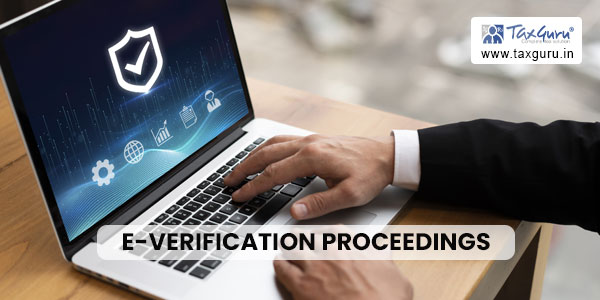AIS Utility
Under various provisions of Income Tax act, Income tax departments calls for the financial information from various sources/reporting entity such as Banks, Registrar appointed under Registration act, 1908, Stock Exchanges, etc. AIS is the collection of information pertaining to taxpayer acquired by the department. To facilitate seamless filing of return department has provided the facility of AIS utility where taxpayer can view all his financial information. Taxpayer can access the AIS utility by logging in the efiling portal –> Service Menu –>Annual Information Statement (AIS).
Type of Information included in AIS
Financial information such as receipts attracting TDS/TCS, Purchase or sale of Immovable property/Shares/Mutual Fund, details about Time Deposits/Bank Deposits, Foreign Remittances, Dividend, Interest, Taxes paid, Income tax refund received, etc. are included in the AIS.
Feedback
In AIS utility taxpayer is also provided with the option to submit feedback at every information displayed in it. However, submitting feedback is completely optional, but if taxpayer finds any information incorrect or not pertaining to him, he can modify it by submitting the appropriate feedback option. And on the receipt of feedback, Income tax department will confirm the same with the reporting entity/source and will modify it in AIS utility in due course of time.
Various options available for the feedback are as follows
- Information is correct
- Information is not fully correct
- Information is related to other PAN/Year
- Information is duplicate/included in other information
- Information is denied
- Customized Feedback options (these options are displayed based on the nature of Information) which could be
- Income is not taxable
- Receipt is in the nature of Capital Receipt
- Sale of Rural Agricultural Land
- Transfer not in the nature of Sale
- Receipt in the nature of reimbursement of expense
- Receipt in the nature of refundable security, etc
Consequences of not providing feedback
While filing Income Tax Return, it is significant for the taxpayer to consider all the financial information reflecting in the AIS utility.
Occasionally certain information is not required to be included in the ITR such as Foreign Outward Remittance in the nature of personal expenditure, Business receipts in the nature of refundable security, Sale of Vehicle used for personal purpose, etc. In such situation where taxpayer is not considering any information while filing the Return of Income, it is advisable to submit the appropriate feedback option before filing the Return of Income or it can lead to an e-verification proceedings by the Income Tax Department.

What is E-Verification Proceedings?
1. When a mismatch is identified through a computerised process between the financial transaction reported by Source/Reporting entity and the inclusion of such transaction in return of income filed by the taxpayer then such mismatch(information) shall be run through risk management strategy.
2. The information of low risk will be ignored and remaining will be allocated to the prescribed authority.
3. Initial e-verification will be conducted by issuing an electronic communication to the source/reporting entity for confirming the transaction/data reported by it. Resultantly, Source /reporting entity shall confirm the information or revise its statements filed earlier.
4. If source/ reporting entity confirms the information then proceeding shall be initiated against the taxpayer by serving the notice electronically through compliance portal seeking explanation/evidence in support of omission of information in the return of income filed.
5. Taxpayer shall submit the explanation/ evidence electronically through compliance portal only.
6. Based on the explanations/evidences given by the taxpayer, prescribed authority shall do the verification and submit Preliminary Verification report to CIT (E-verification).
7. CIT (e-verification) shall compare the Preliminary Verification report with the return filled by the taxpayer and prepare the final verification report.
8. After this process, a communication will be made to the taxpayer informing that either no further clarification is required under e-verification proceedings or explanation is not found satisfactory and taxpayer may consider updating the return u/s 139(8A) of the act, if eligible.
9. If return is not updated u/s 139(8A) of the act and the information referred above is relating to pending scrutiny assessment, it shall be made available to faceless assessing officer otherwise shall be subject to the Assessment or Reassessment proceedings and can attract demand and penalty, etc.





Pan link